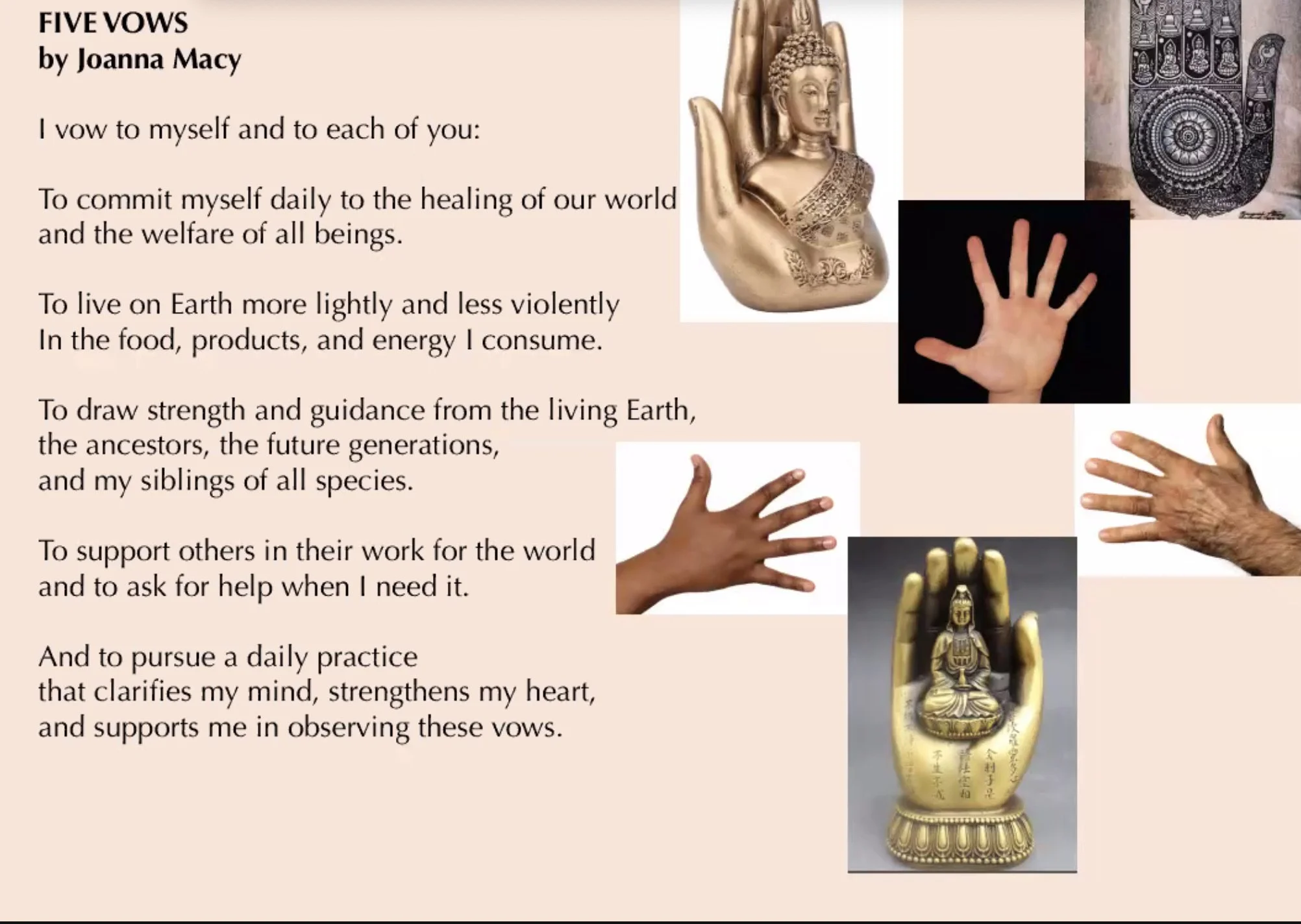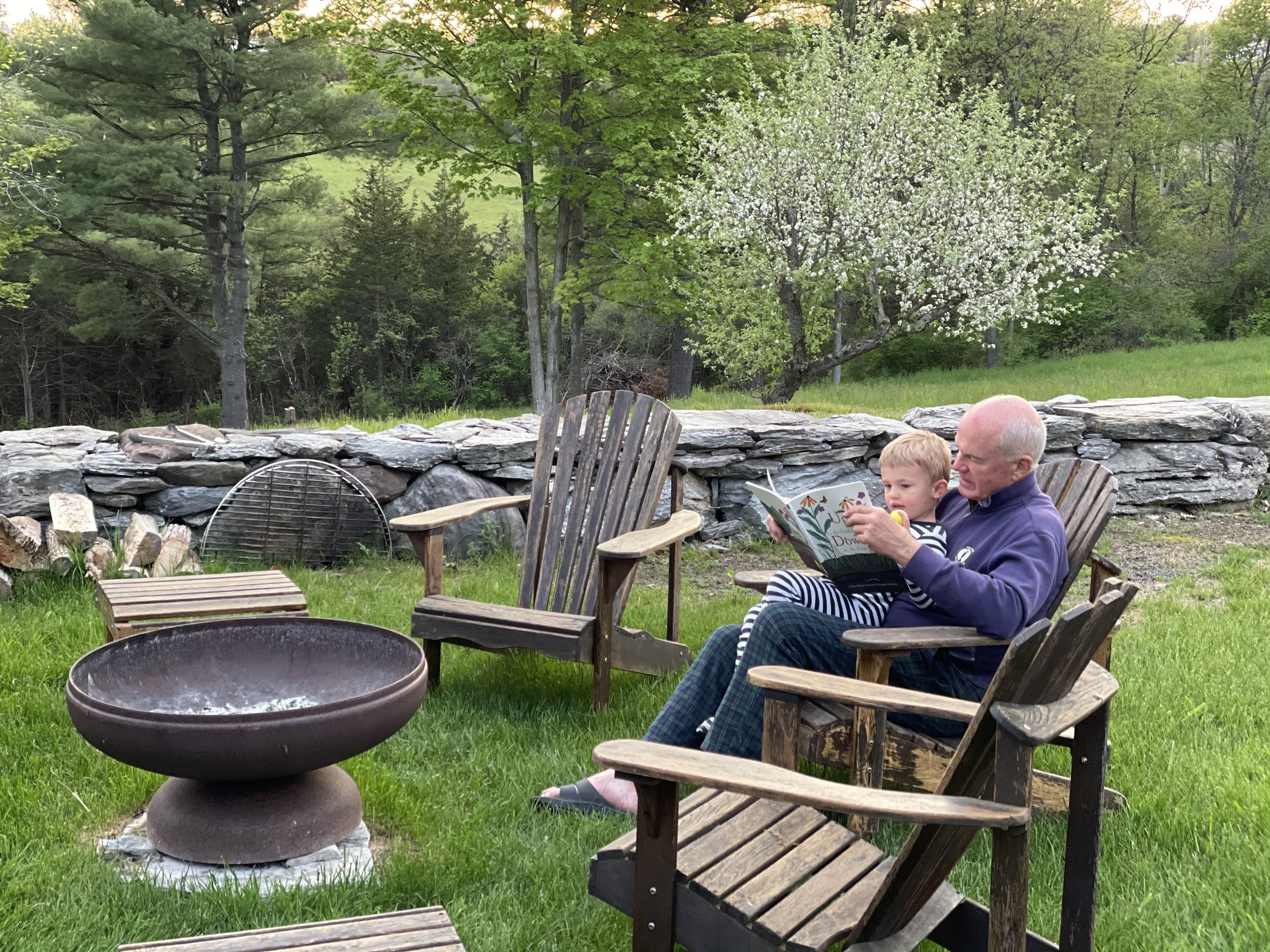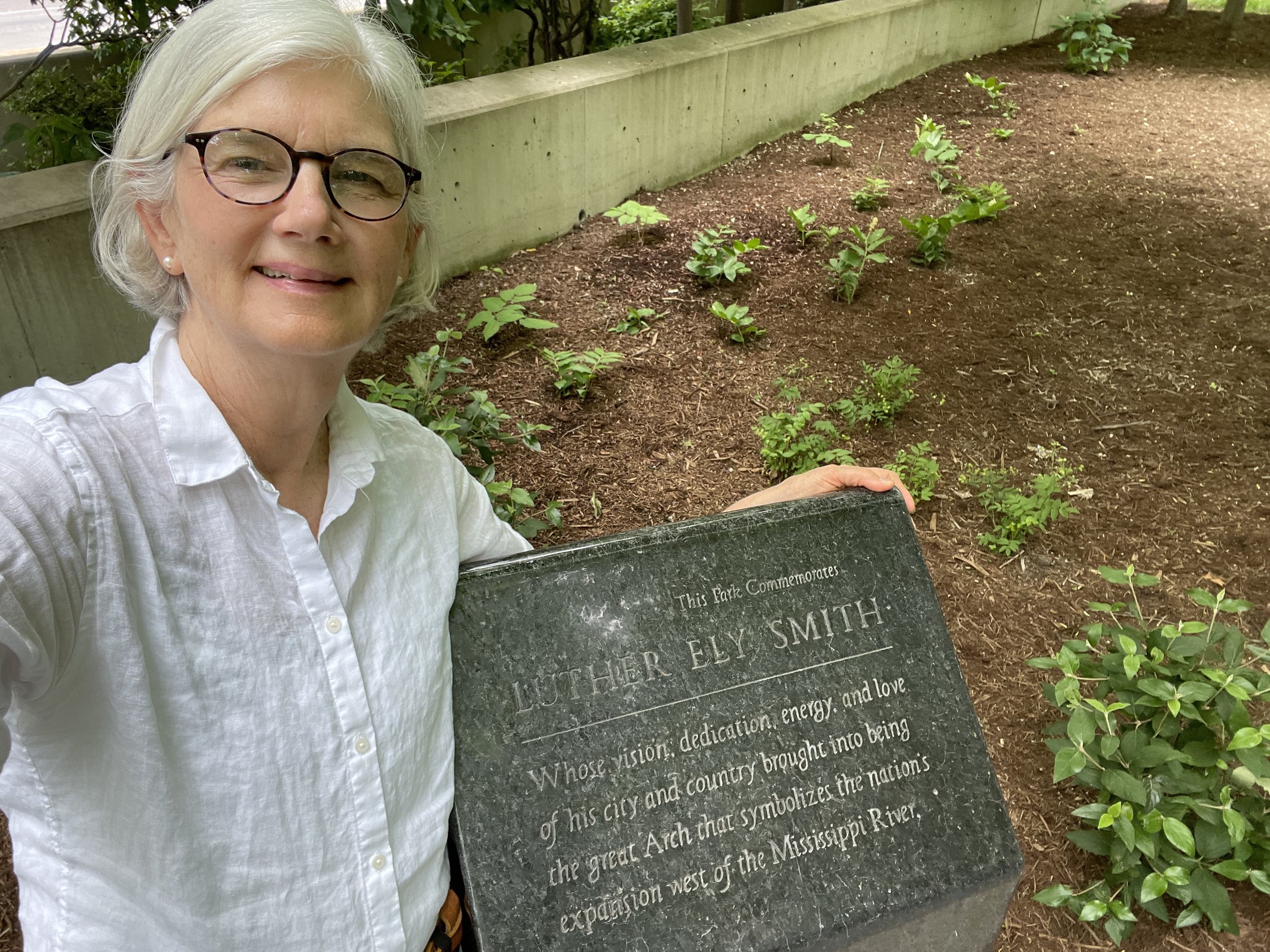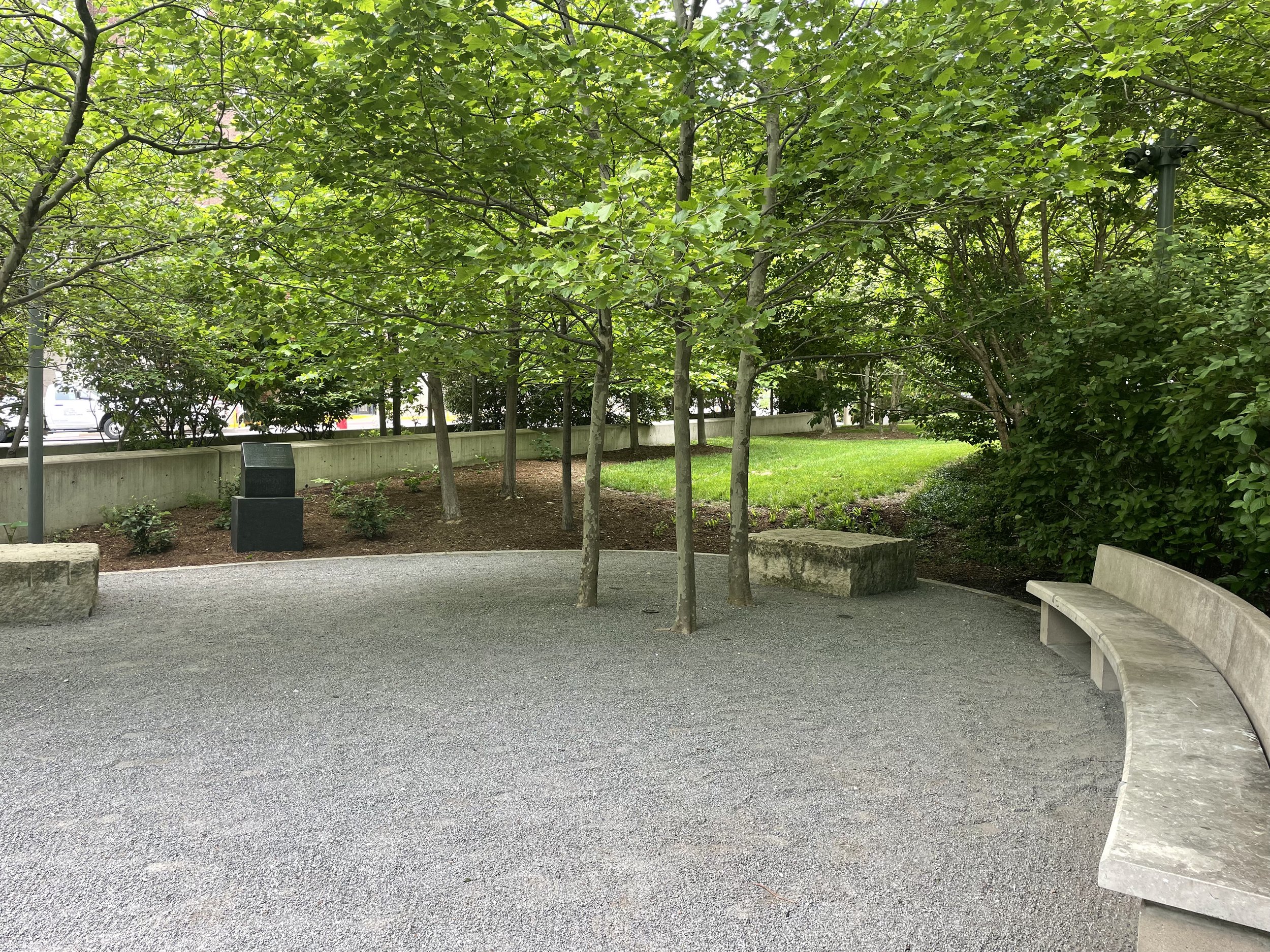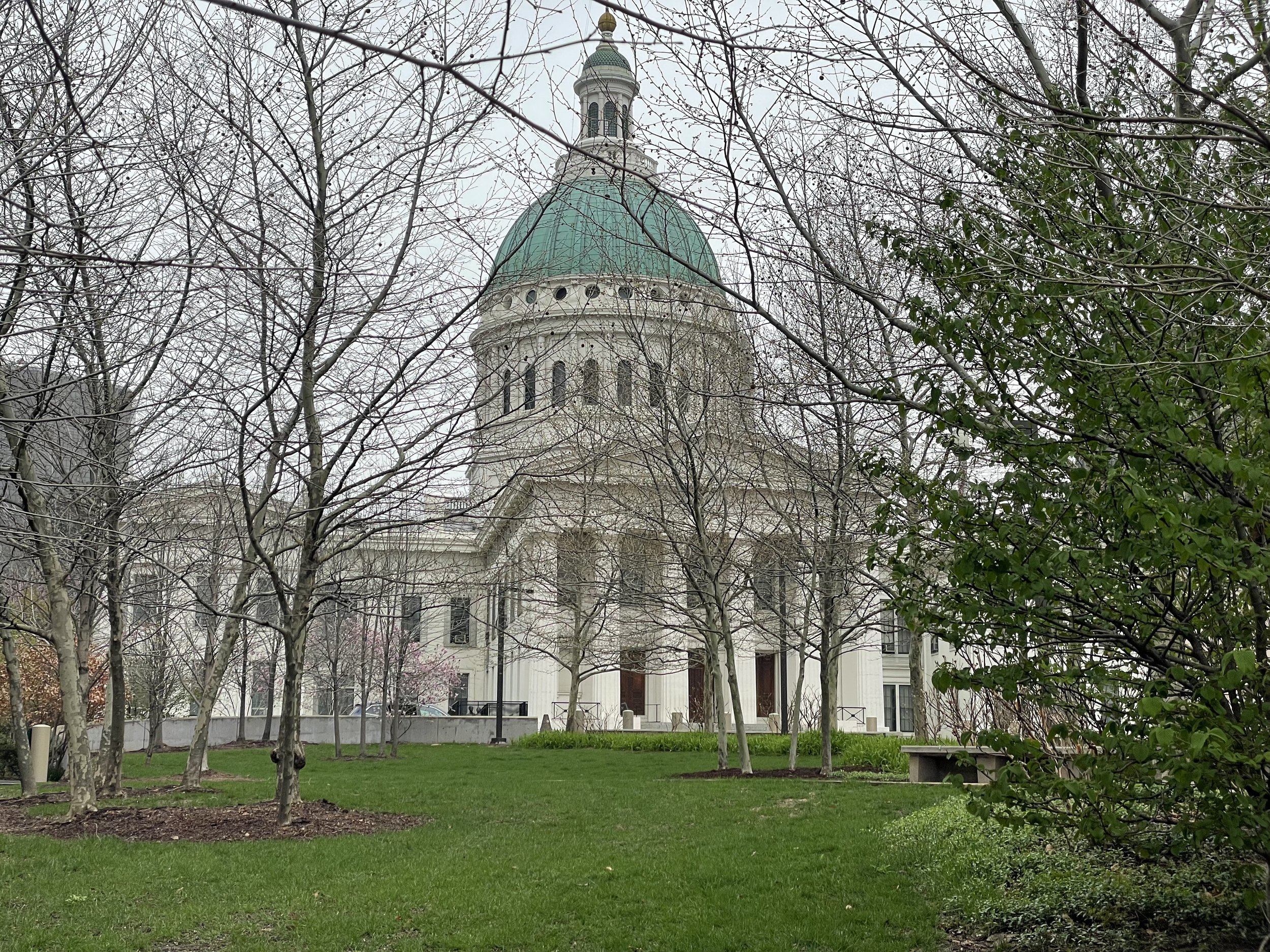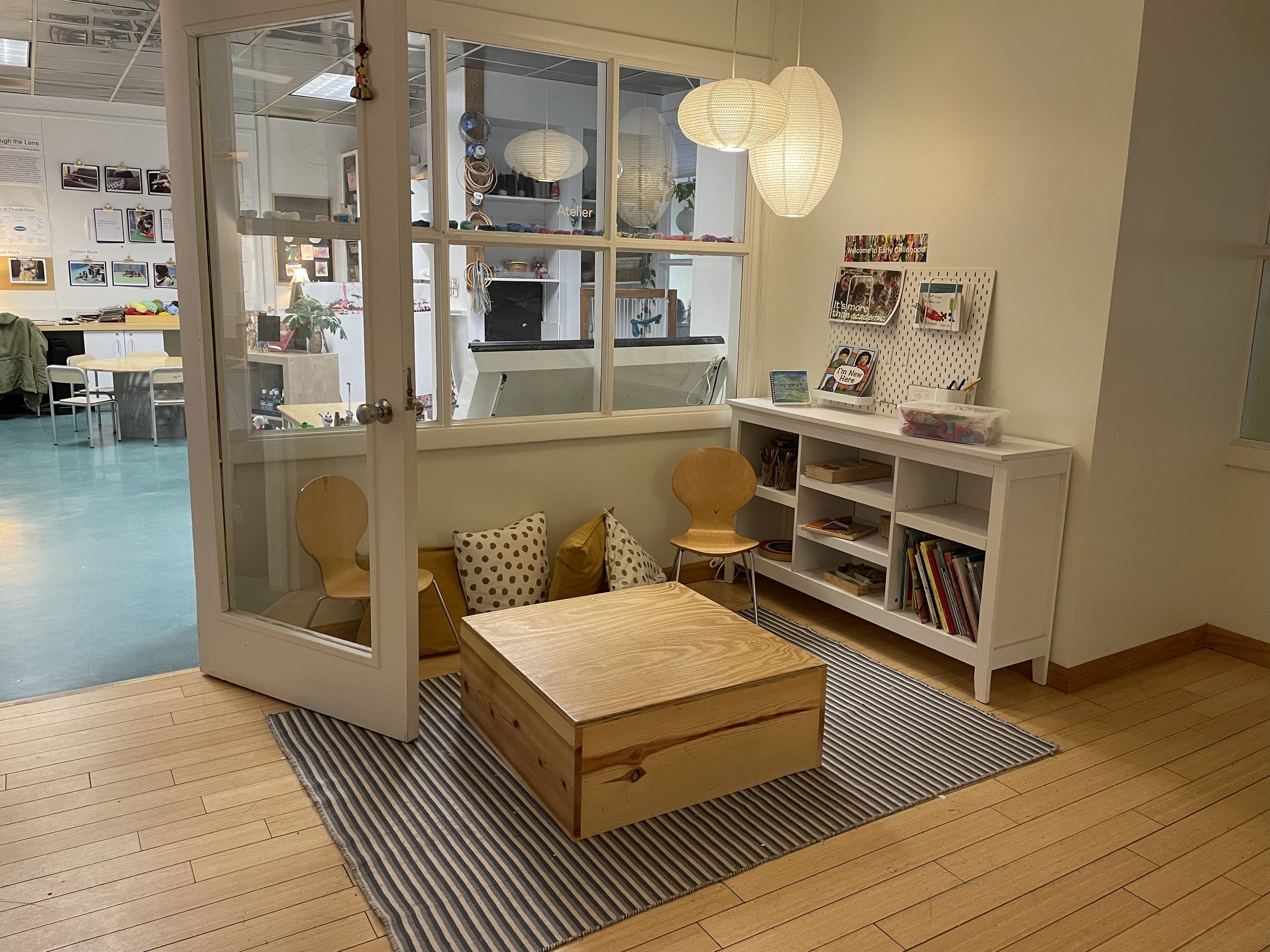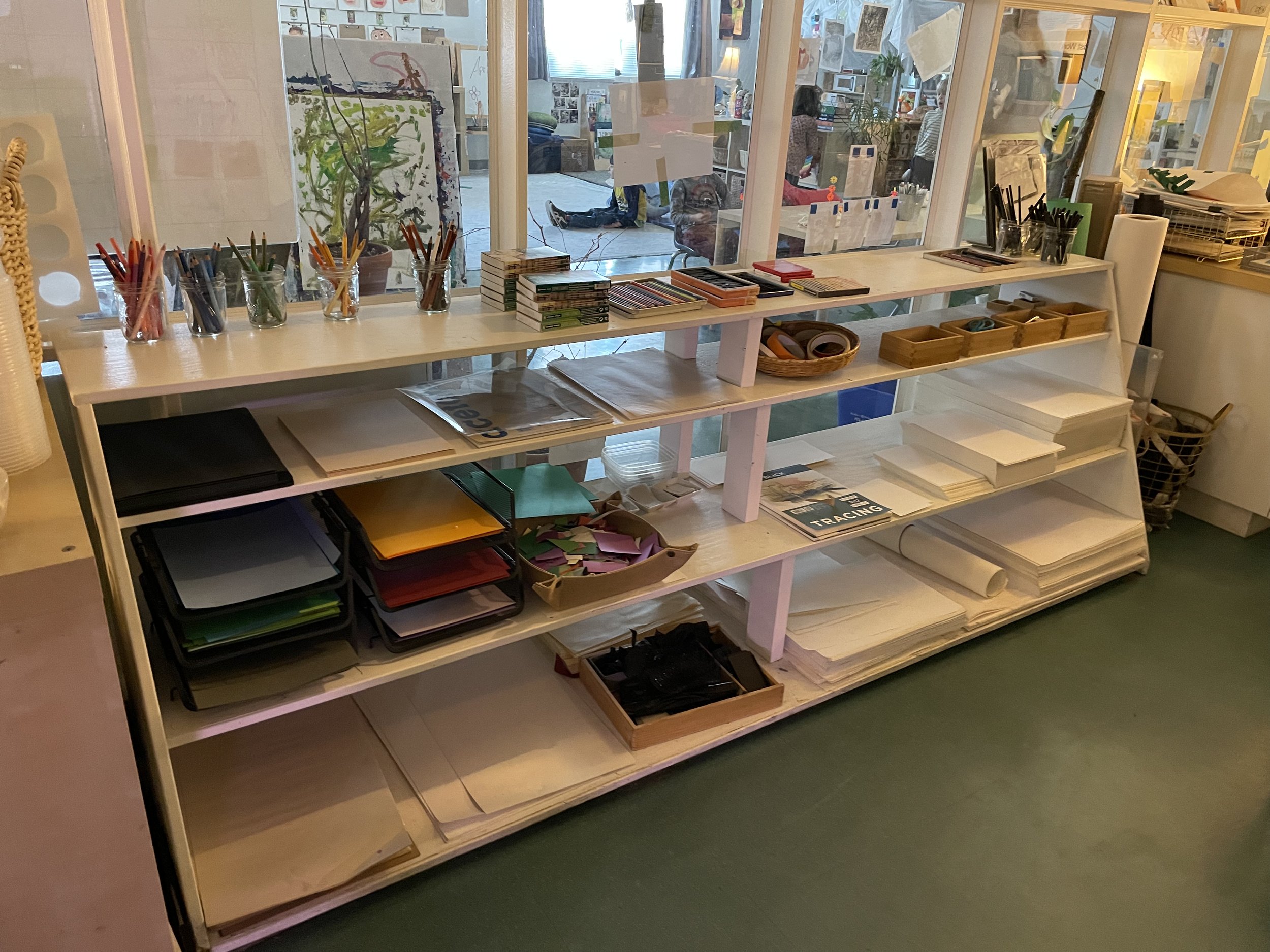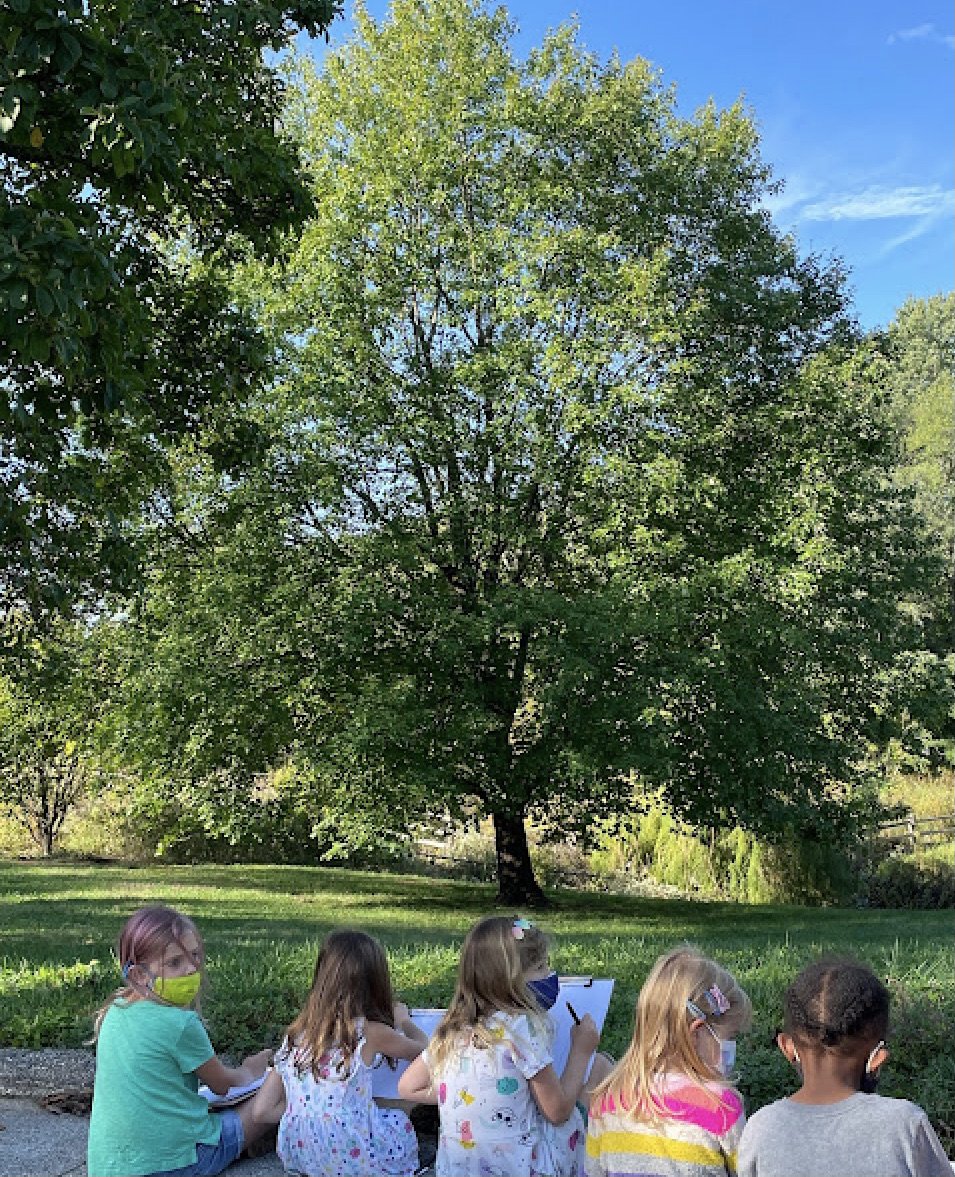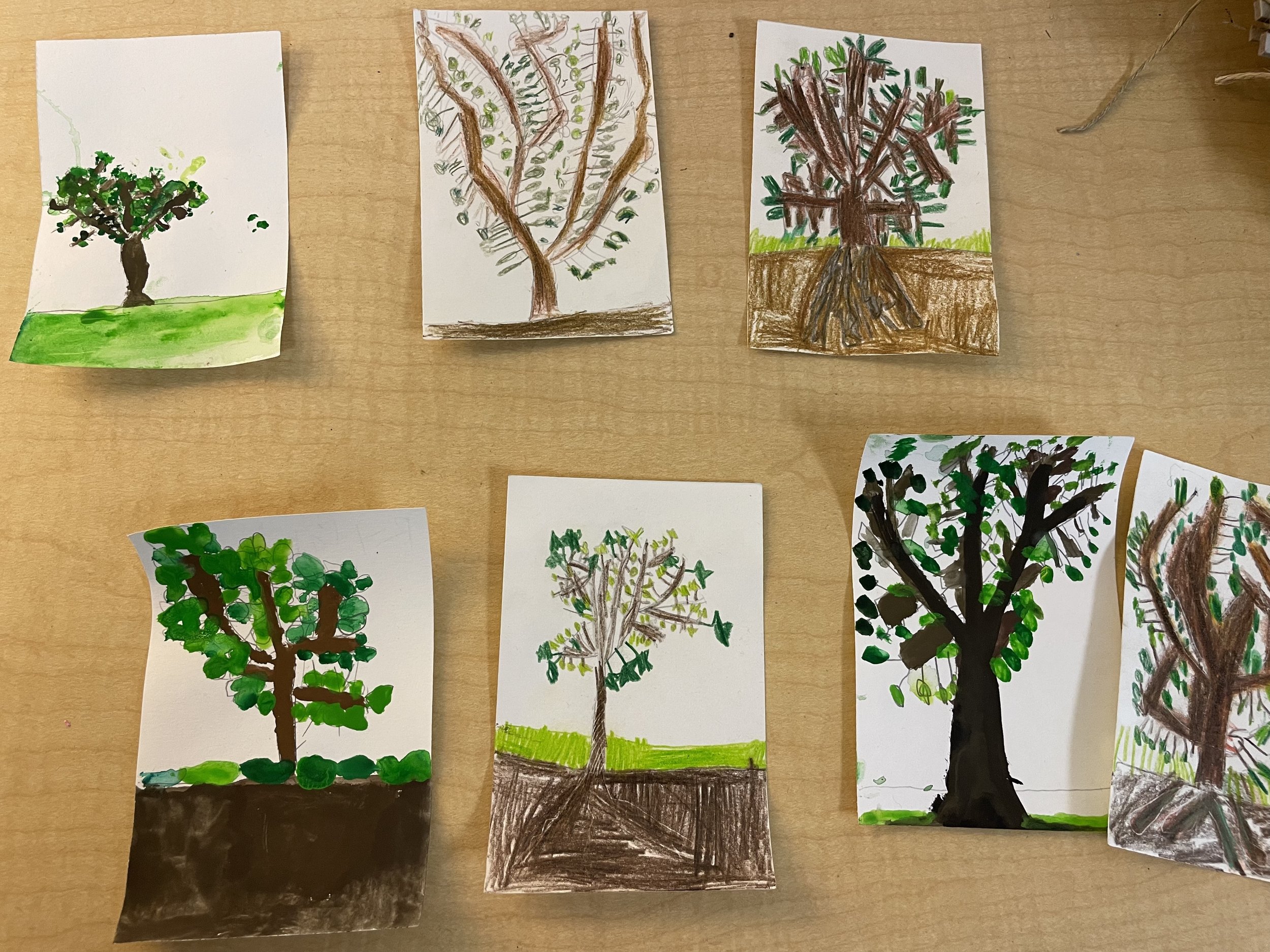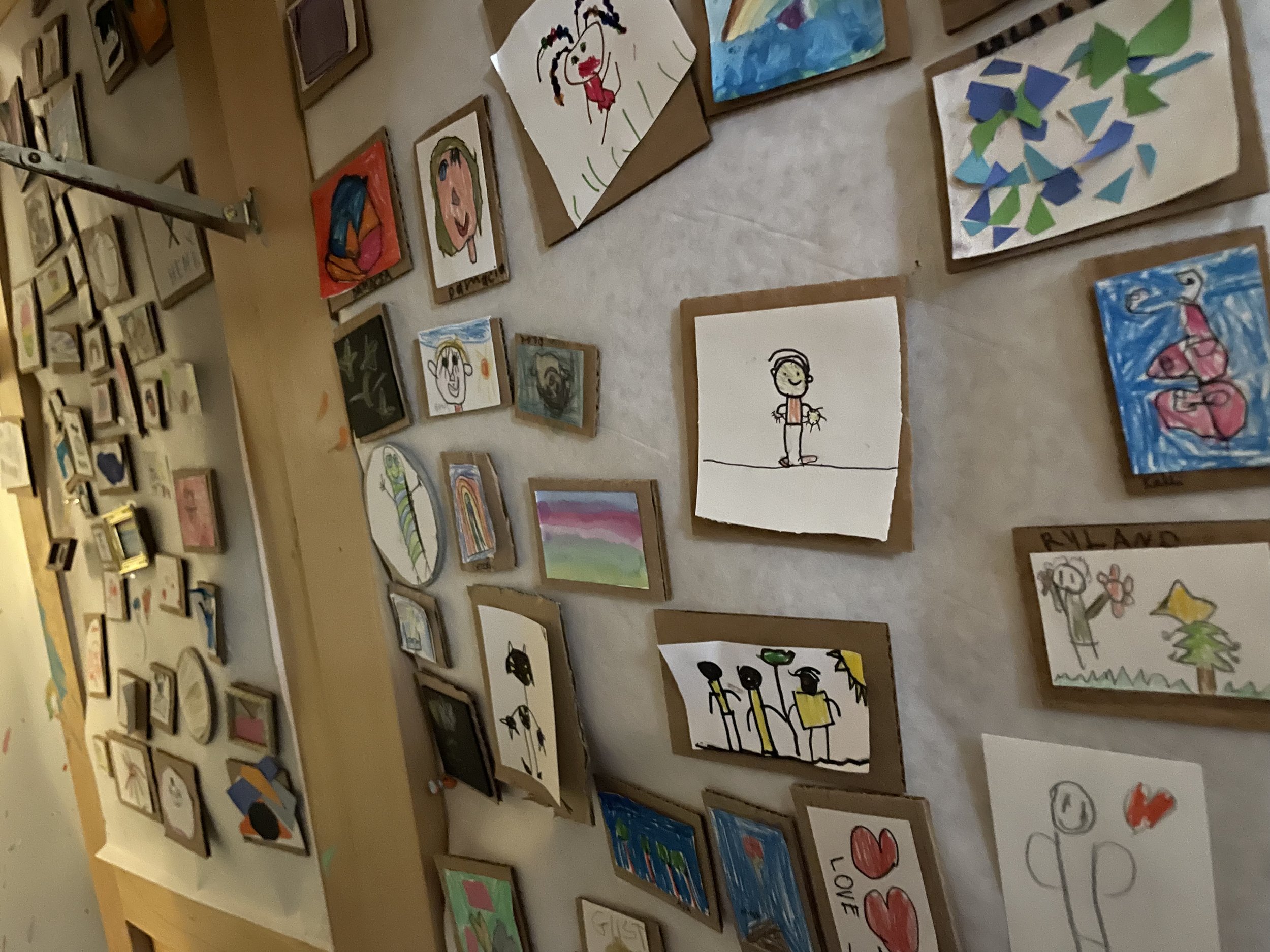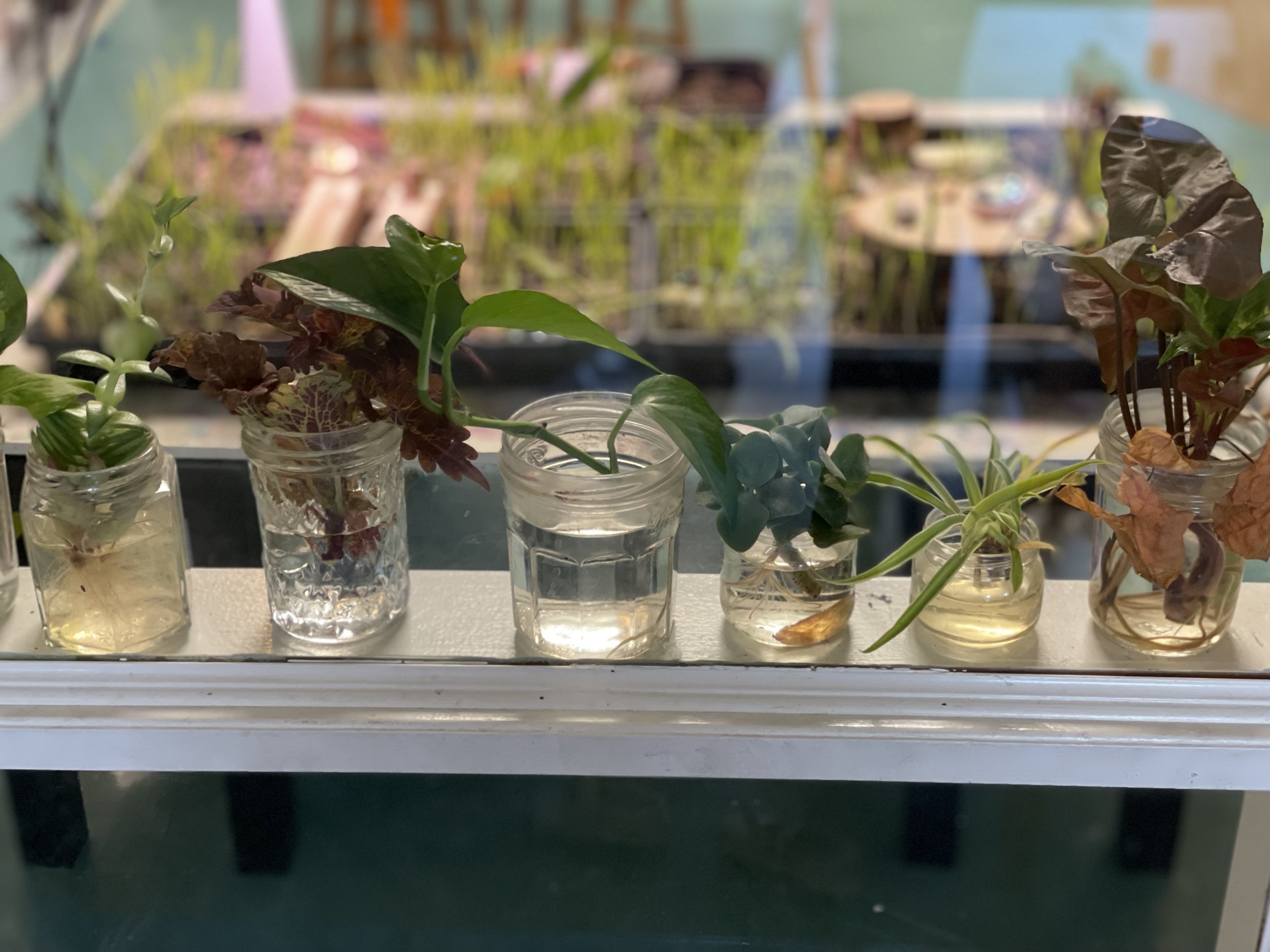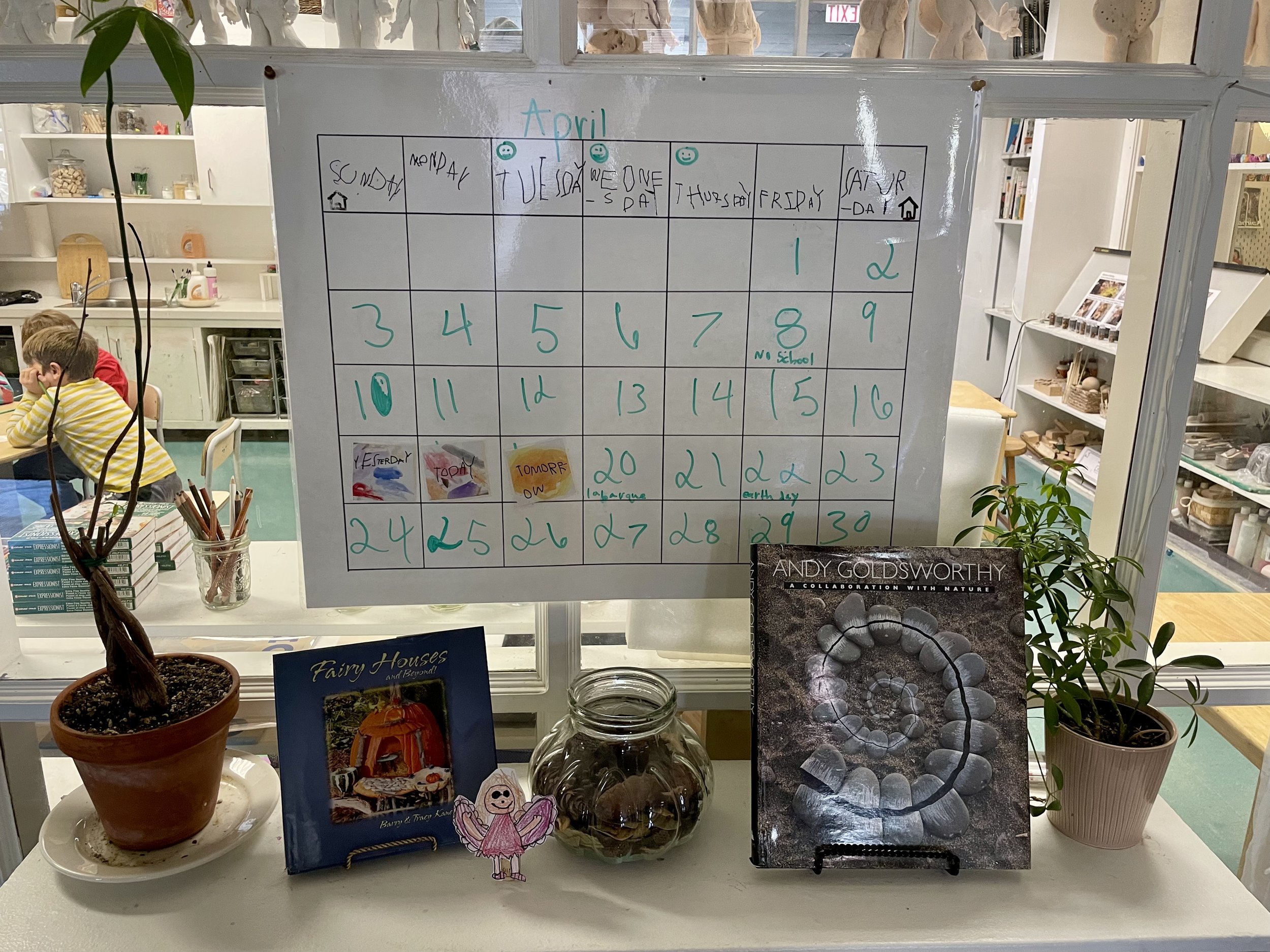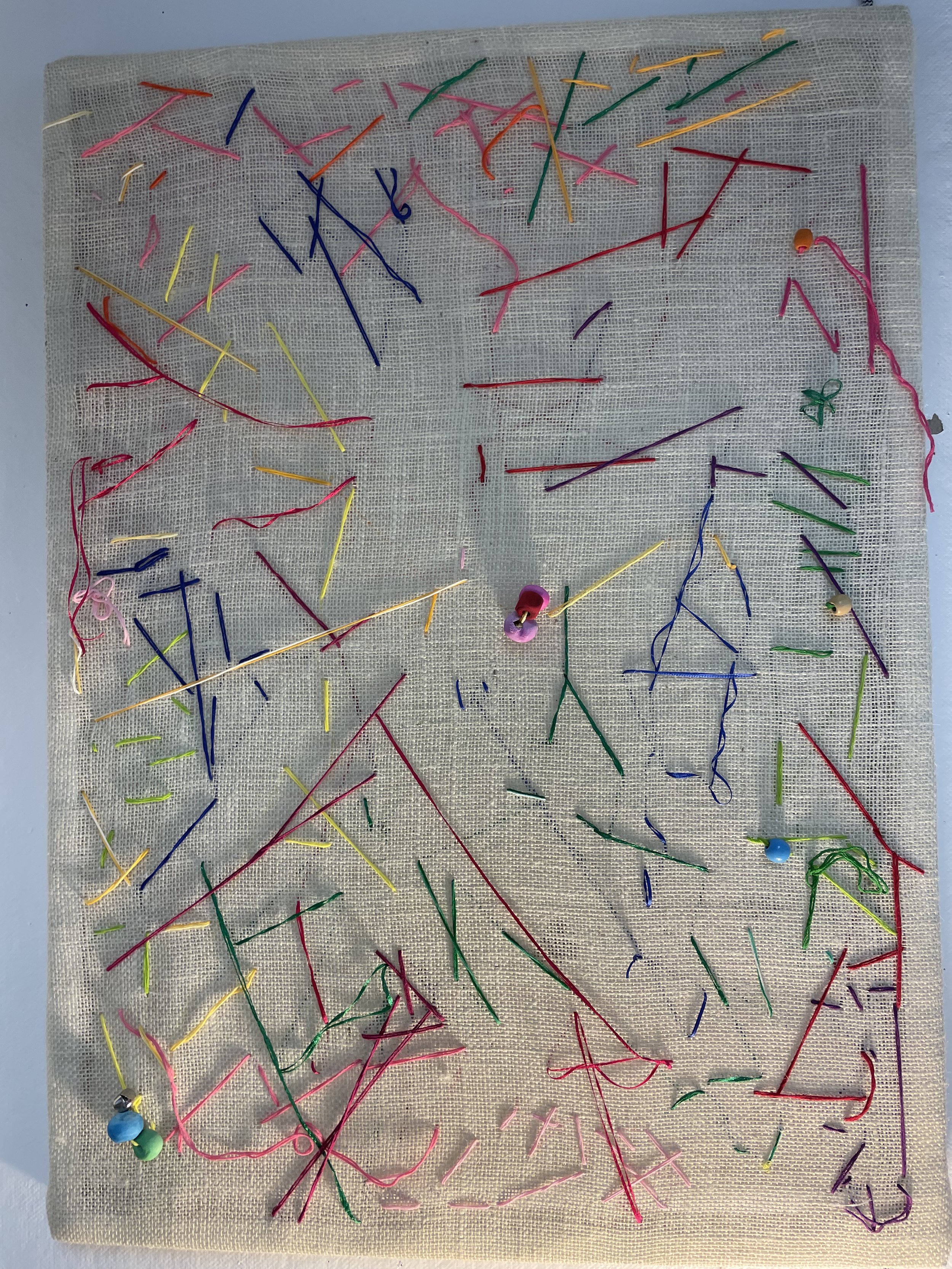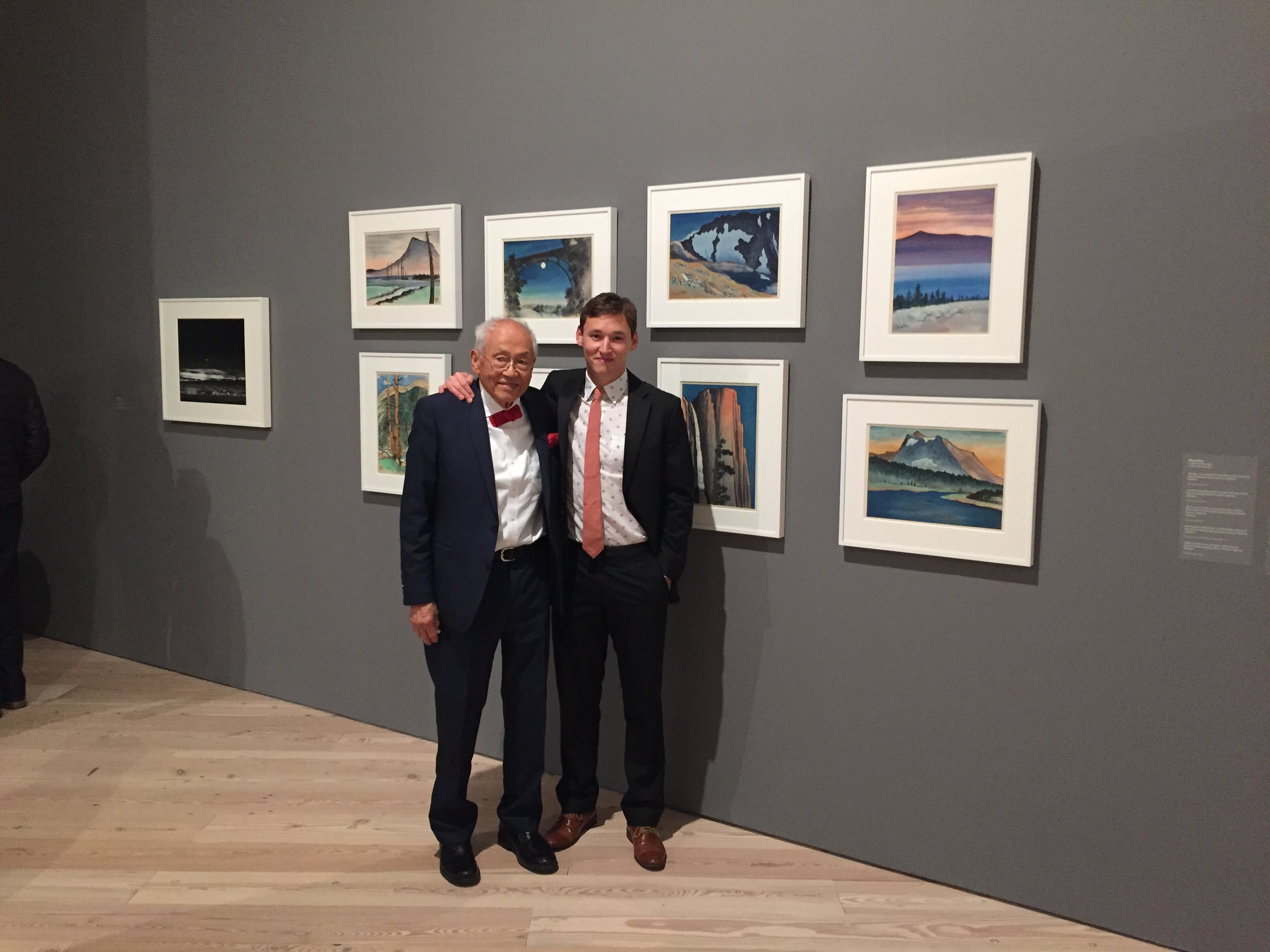Alden Boyd Cadwell
We are full on into summer here. We have a new grand baby! Visiting him and his family and welcoming him is truly a joyful miracle. We are also finding joy and ease in the warm sun, the blue sky, the waters of the lakes and rivers, outdoor concerts, fresh greens from our garden, visits with friends and family, planting for pollinators…. At the same time, the world is suffering in so many ways…war, the climate crisis, guns, the human rights crisis. Yesterday, I attended a zoom webinar with Joanna Macy at Upaya Zen Center. I was moved and inspired by Joanna at age 93, an author and activist and engaged Buddhist practitioner for many decades. She supported all of us to be Shambala warriors who train this way….
Their weapons are compassion and insight. Both are necessary. We need this first one because it provides us the fuel, it moves us out to act on behalf of other beings. But by itself it can burn us out. So we need the second as well, which is insight into the dependent co-arising of all things. It lets us see that the battle is not between good people and bad people, for the line between good and evil runs through every human heart. We realize that we are interconnected, as in a web, and that each act with pure motivation affects the entire web, bringing consequences we cannot measure or even see.
Joanna concluded the morning by sharing these vows, (see image below), which I am happy to remember and use as a north star every day.
We wish you all joy and ease in the beauty of summer, the natural world, and the love you feel for friends, family and your community. May you spread it all around you like seeds in the wind.
Image from presentation by Joanna Macy, Upaya Zen Center, July, 2022
View of Adirondacks from Mount Van Hoevenberg
Concert at Pittsford Village Farm with Caitlin Canty and Noam Pikelny and the Vermont Symphony quintet.
Picking cherries, Shelburne Orchards
Planting for Pollinators workshop at Red Wagon Plants
Grand daughter, Delilah, jumping into Squam Lake, NH
New grand baby, Alden Boyd Cadwell, with his mother, Lei, and his Uncle Alden



